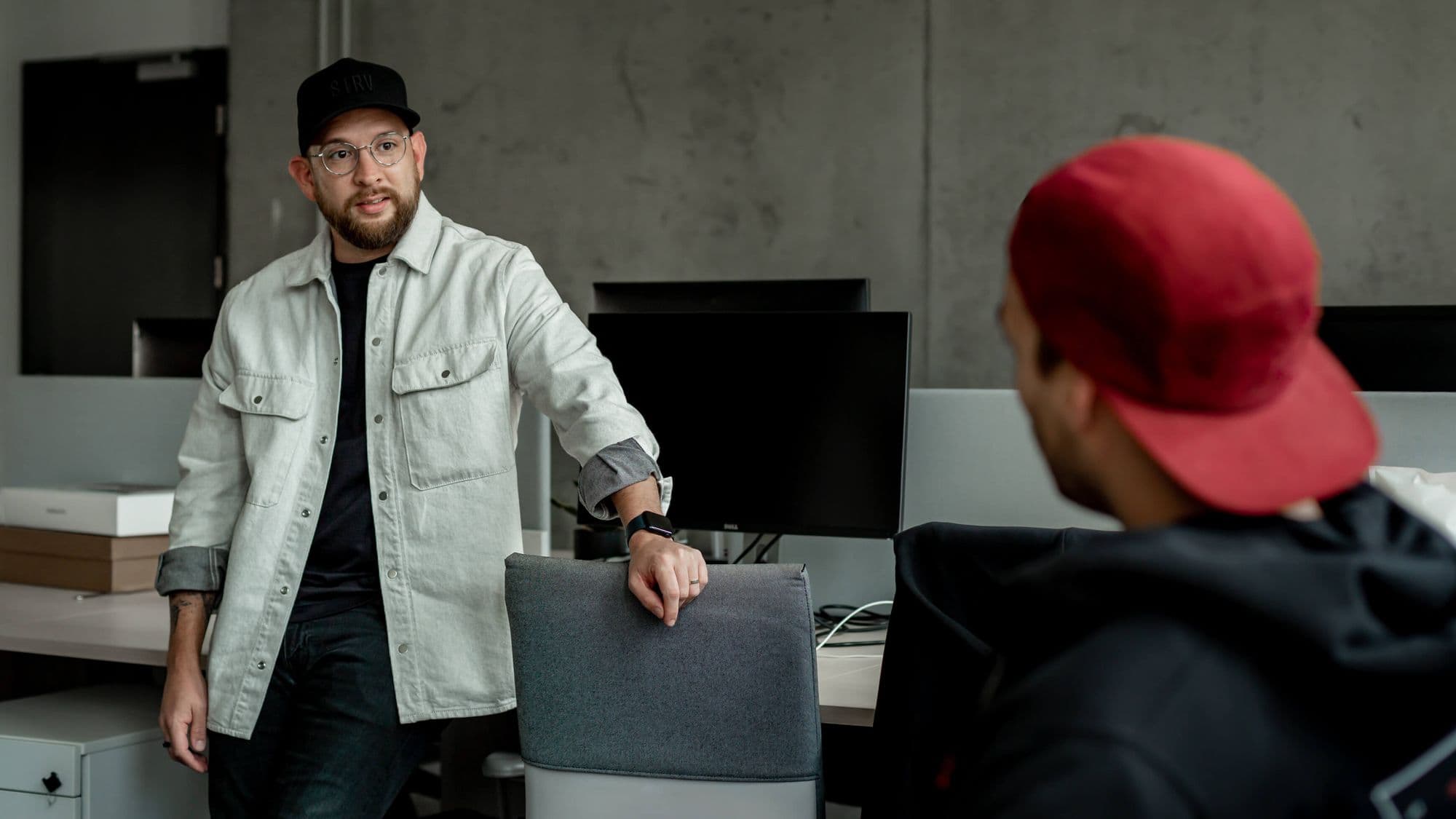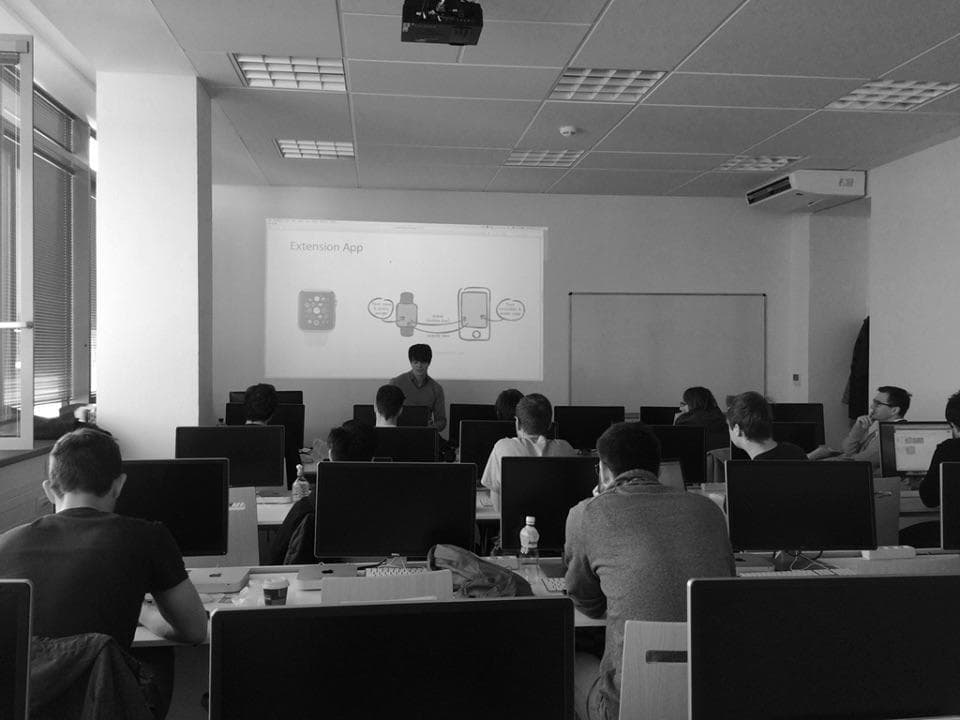When building a new partnership, honesty is everything. As STRV’s Director of Strategic Partnerships and someone who’s been in the sales game for a while, I get that there are many reasons to mistrust salespeople. I want to address them as a follow-up to our CEO’s article about not falling victim to BS in sales proposals.
I’ll start with this: People are smart. They will sense when you're holding back and once they catch your hesitation, earning trust or gaining it back becomes a lot harder. My team keeps this in mind when speaking to prospects, clients and our own colleagues.
But it’s not just that. It’s also what we feel is right and what best represents STRV. If my team wasn’t transparent, we’d be in big trouble with the 190+ highly opinionated engineers, designers and product managers (PMs) that are a huge part of everything Sales does.
Behind an STRV Proposal: Engineering, Design, PM
Usually, more cooks in the kitchen results in a mess. But do it right and it makes things cleaner and streamlined. There's zero concern that maybe we miss something.
When you get a proposal or estimate from STRV, it’s the result of engineering/tech leads, designers and PMs racking their brains over every detail and pulling from years of experience. They’re sharing and double-checking everything amongst each other, while our Sales team keeps an eye on the process to make sure your essentials are being met.
We also frequently bring them into the actual conversation with the prospect very early on. Anyone who’s worked with engineers will tell you that usually, they’re not big on diplomatic responses. They say it like it is, something our team and clients appreciate.
People value these conversations a lot more than getting to know a company through a one-on-one. Of course, there’s a time and place for those; but when you bring in a mix of curious people who ask the right questions, regardless of their titles, it makes everything a lot smoother. And trust is built a lot faster.
Behind Our First Email or Call: Marketing, Engineering, Design
Let’s backtrack to the earliest stage: that first message or call from STRV. We want to work with people who feel “right.” So, rather than launching a big net, we’re micro-targeting.
Marketing is actually doing most of the heavy lifting here, identifying the target accounts while coordinating with designers and tech leads. Once they find a company perfect for STRV, they create a tailor-made brief and send it over to Sales. We use the information they've given us and make the pitch more intriguing through good storytelling and nice presentation.
By including numerous people from the STRV team this early on in the process, we remove any guesswork. We know exactly where our pitch is coming from, and we’re able to have an open conversation with the potential client. Here’s why we’re going after you, why our team’s interested in what you’re doing and what we can (and can’t) help you with.
Behind the Deal: A Yes From People Who’ll Be Working on It
We all want to be working nicely together; that’s the biggest thing. To do that, we have to make sure that we're getting feedback from the team.
Listening to the engineers, designers and PMs that actually work on our projects gets us a better sense of which projects they really like, what's most interesting for them and which ones to stay away from. We need people that are going to be loving the work and actually growing and learning from it. It's a very thoughtful approach that we apply regardless of the Sales team’s targets.
To finalize a deal, our team has to feel like it’ll be an excellent ongoing cooperation. For us, that means that any person on the project will be able to voice concerns and ideas, because it’s all a collaboration. We see ourselves as the trusted source; we're the ones that are actually building the product. So if we see something that can be done better, there should be no harm in saying that.
Some people don’t want to hear it, and those are the projects we’re going away from — the ones where we're not looked at as equal.
Behind What We Say: Transparency Worth the Risk
I used to feel like a person really had to earn my trust before I gave it, and this included my professional life. But I started thinking, Why?
Today, I think you have to start with transparency and trust right off the bat. But you have to move through it gradually and give it to those who will respect it, not abuse it — which, again, comes down to working with the right people.
Take our budget proposals. We provide full details of specific percentages: 5% is dedicated to this feature, 10% to that one, etc. What we propose is based on experience and functionality; everything has its reasoning, which we carefully walk the prospect through. But by sharing these details, we’re handing over power to the client, a person who does not have the technical depth of our team.
We want to share all of this information and always will. But it has to be given with a caveat: You can't just start suggesting arbitrary alterations. We look for partners who appreciate the difference of knowledge between our two sides and will not exploit our openness. Reckless changes would only hurt the product, something we’re not willing to do.
Behind Our Responsibilities: Strategic, Open-minded Thinking
Our Sales team doesn’t have titles like Account Executive because they misrepresent the Sales team. Instead, we have Managers of Strategic Partnerships since that’s what my team is really doing. It sets a different tone — for us, the right one. We care about the client relationship and avoid the traditional sales-y spin.
The title also shows the investment from the company's perspective. By that I mean that we’re genuinely building strategic partnerships, not just the ones that will pay up.
Say you’ve got an interesting project but don’t have the $500,000 it requires. What you do have is $200,000 and a niche project that has legs. The way we see it, why not bring in our CTO to have more of a technical conversation with you, see if we can work something out?
Behind a New Hire: A Culture Fit Learning From Our Tech Leads
For a Sales team member to represent STRV honestly, the biggest thing is being a culture fit. That’s one of the key pillars for anyone joining us. After that, absorbing the conversations, meeting with the tech leads and understanding how they work, talk… all that really affects the way my team approaches things.
When I came in, I had my approach from previous jobs. But understanding how our tech leads would have these initial conversations with prospects — that changed me. They’re very honest, sincere and caring, so I thought, “Okay, if I could do the same thing, it’ll be supported by everyone here.” Not only did I want to mirror that approach, but it also made everything easier.
It’s good to bring in different experiences, but you need to find someone who also understands that there's a certain process at STRV that has been working very well. Learn from it.
We’re Just People Talking to Each Other
Sales can be thought of as a “partnership engineer” that is there to work with you, translate tech terms into English and make sure that the pillars of collaboration are kept up by both sides. We’re a bit like shamans. But above all, we’re a part of a team.
The STRV team is smart, good people that just want to talk openly. The best way for Sales to represent that honestly is to do the same.
I think that whatever position you’re in, if you just have a conversation, it’s a lot easier. Approach everyone like a person. Make things relatable. Having an honest, civil dialogue is going to go much further than any sales-y pitch you cook up. It’s something that’s always been appreciated by STRV clients so, if it ain’t broke, don’t fix it.




